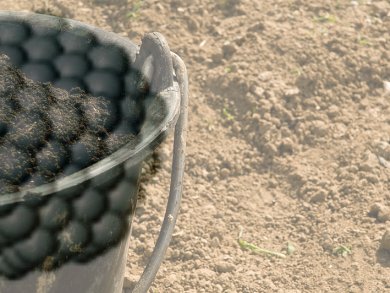Zinc oxide and copper nanoparticles are used in many fields, ranging from electronics to health care products. Their increasing production raises questions concerning the effects of their discharge into the environment. This issue has been address by Daniel Collins, Dowling College, Oakdale, USA, and colleagues.
The scientists monitored for 160 days the deposition of zero valent copper and zinc oxide nanoparticles on a soil surface exposed to environmental conditions. Both soil chemistry and microbial composition were examined during this period of time. The first analysis revealed the leaching of ions over time as well as the migration of both types of nanoparticles through the soil matrix. This process, moreover, impacted the distribution of the bacterial community along the first three soil levels. Flavobacteriales and Sphingomonadales were the environmental bacteria mostly affected by the presence of nanoparticles.
- Assessing the Impact of Copper and Zinc Oxide Nanoparticles on Soil: A Field Study,
D. Collins, T. Luxton, N. Kumar, S. Shah, V. K. Walker, V. Shah,
PLoS ONE 2012, 7 (8), e42663.
DOI: 10.1371/journal.pone.0042663




